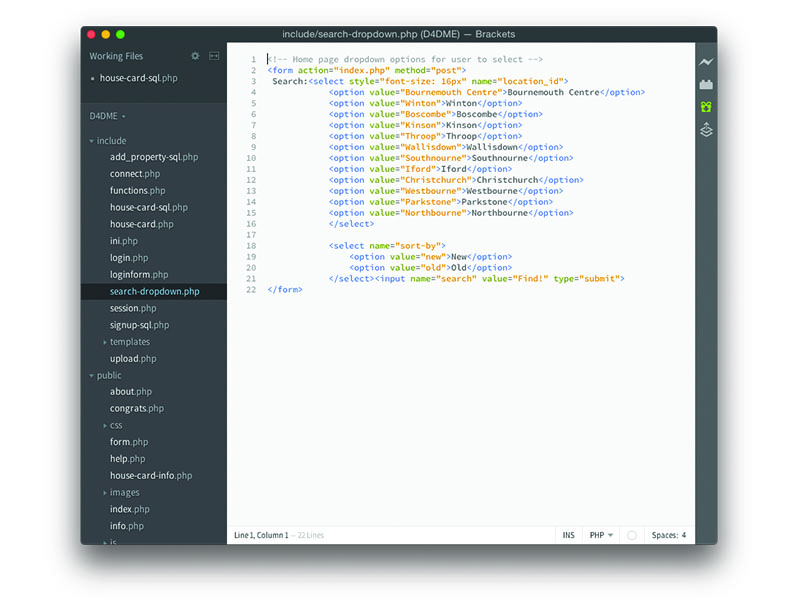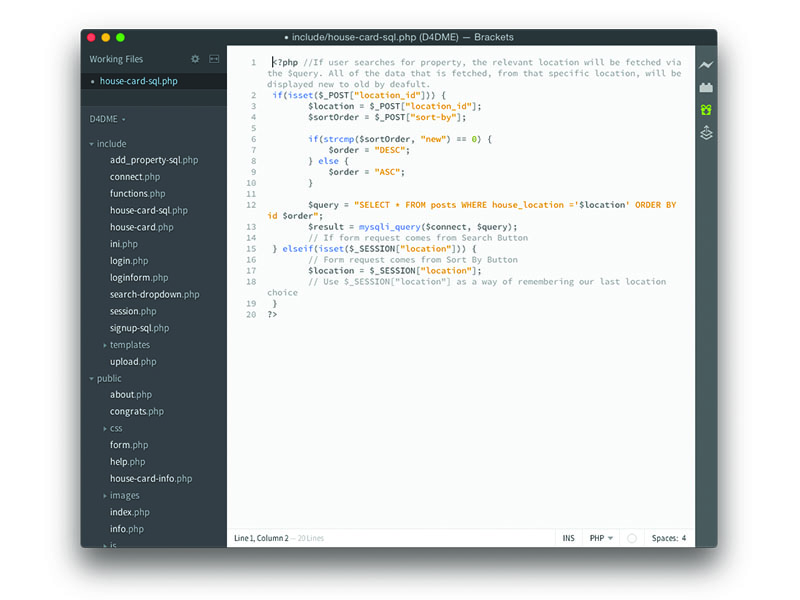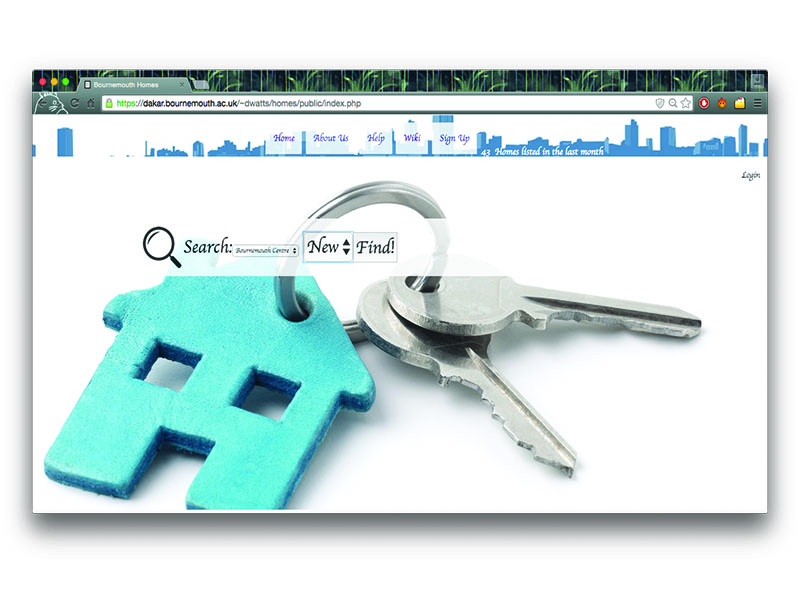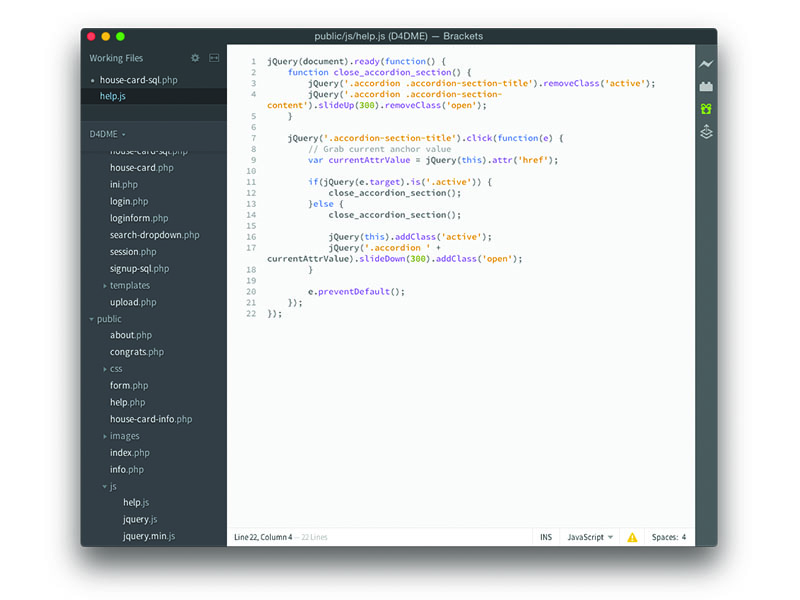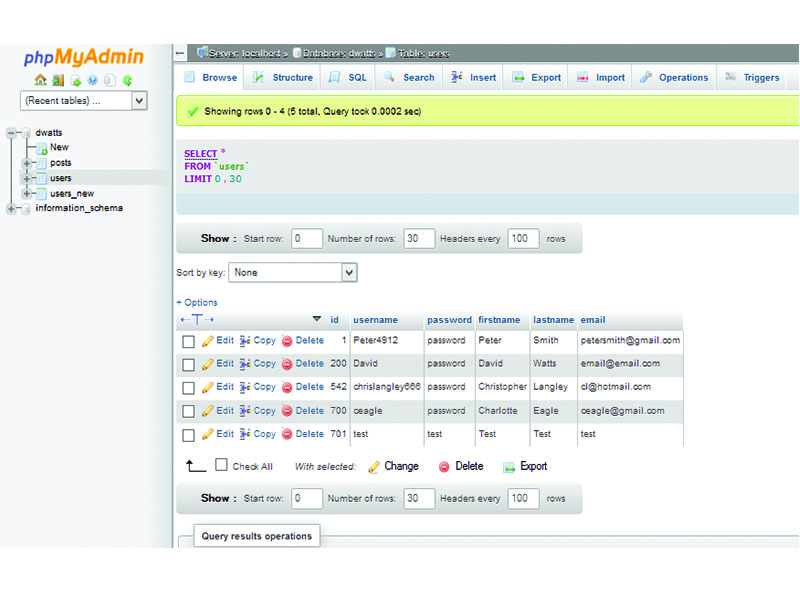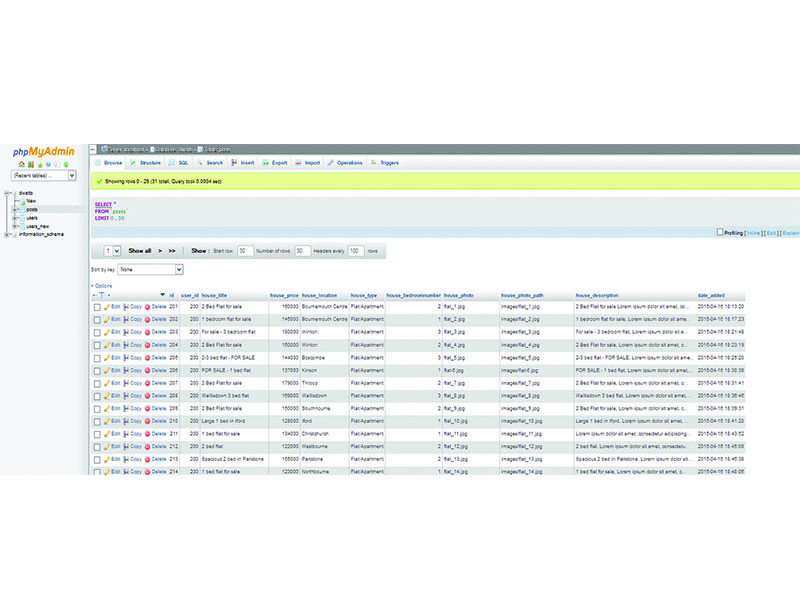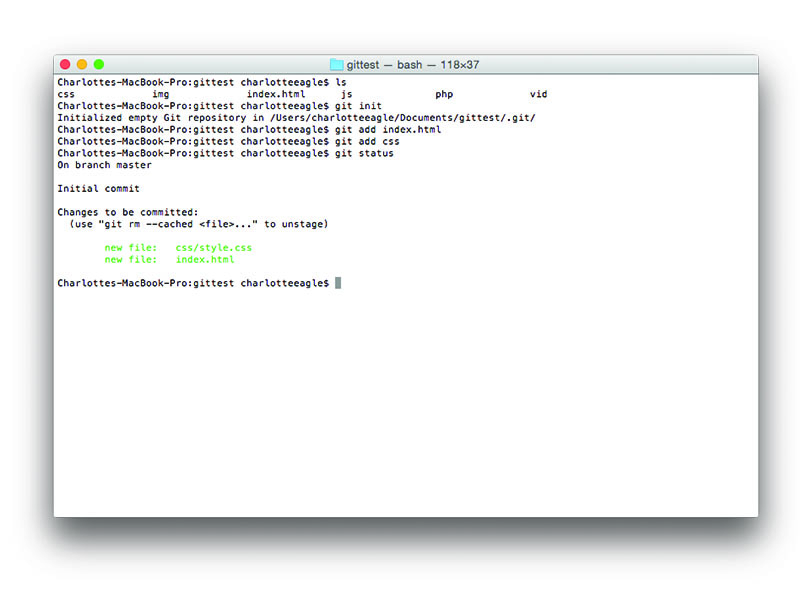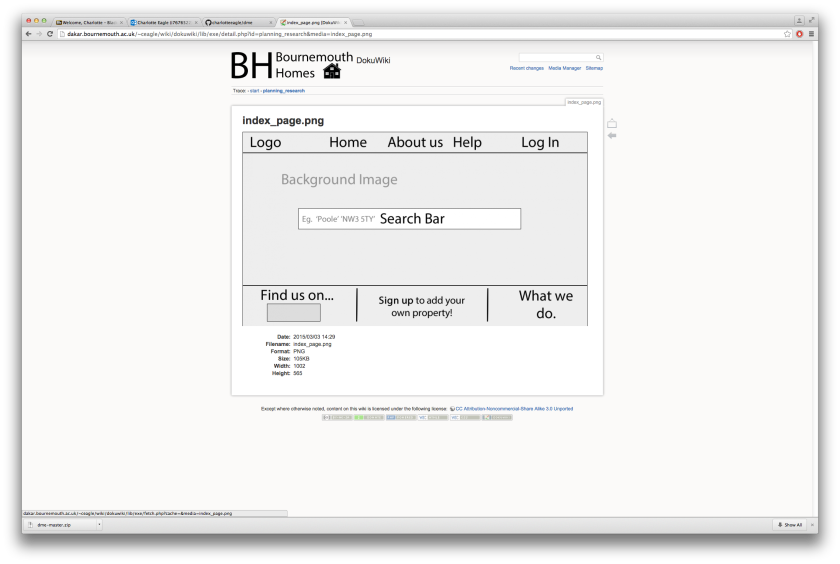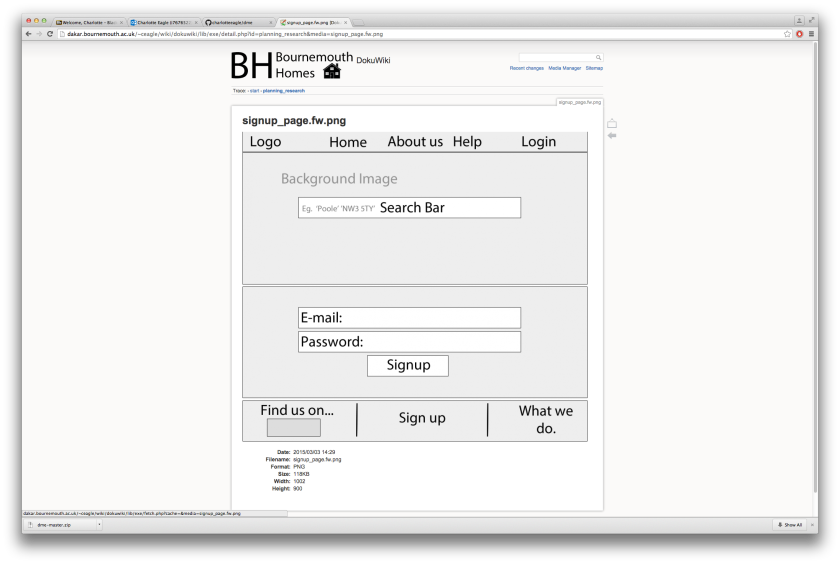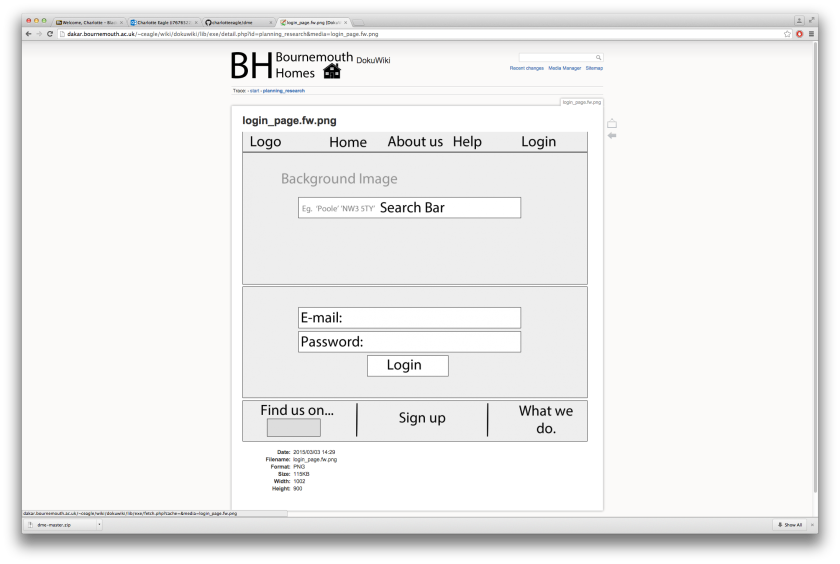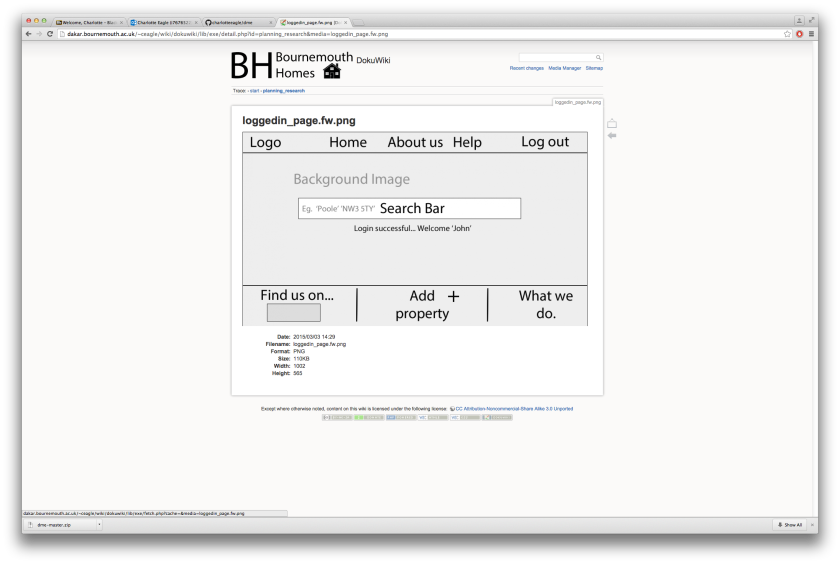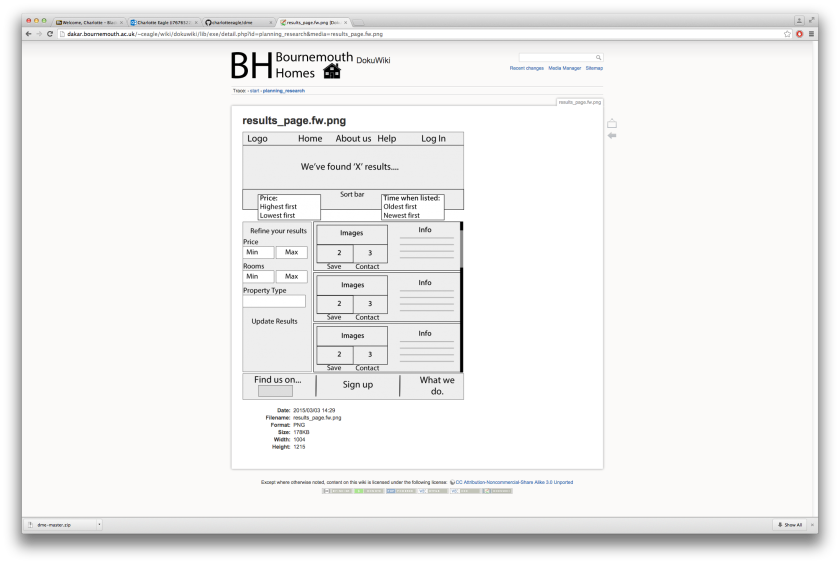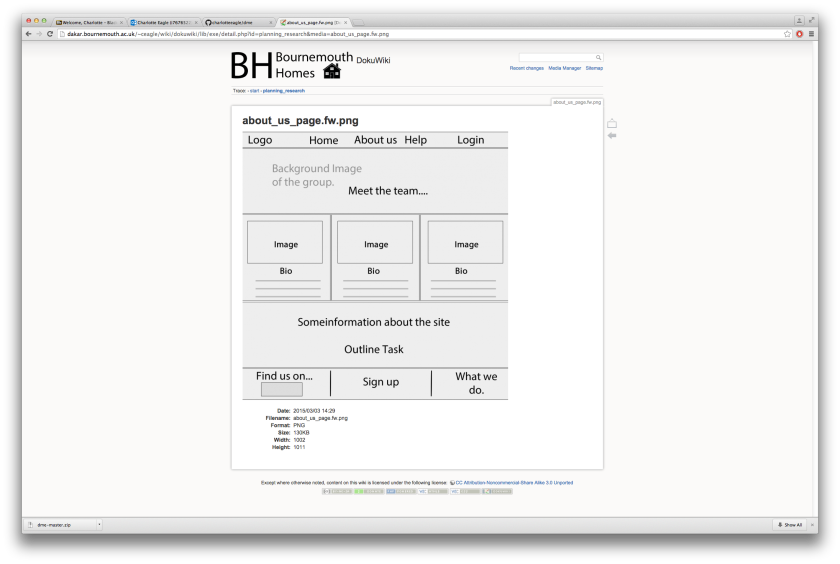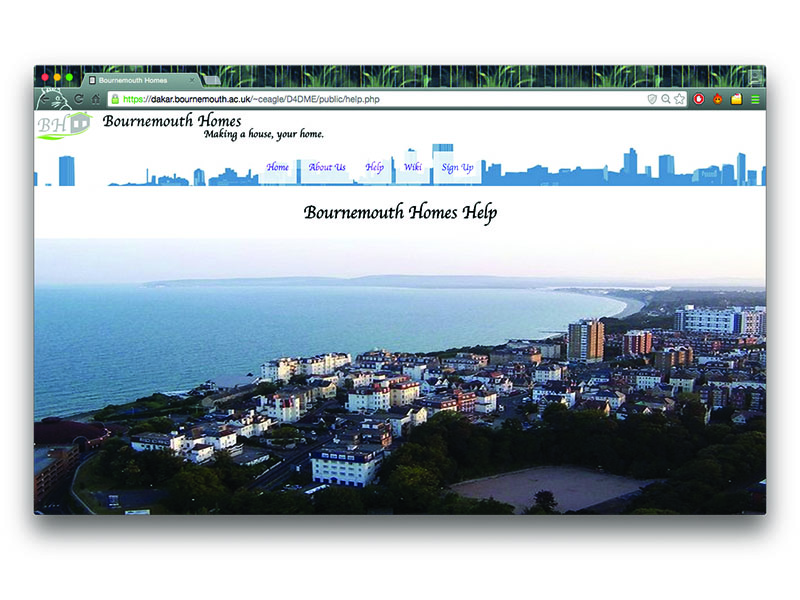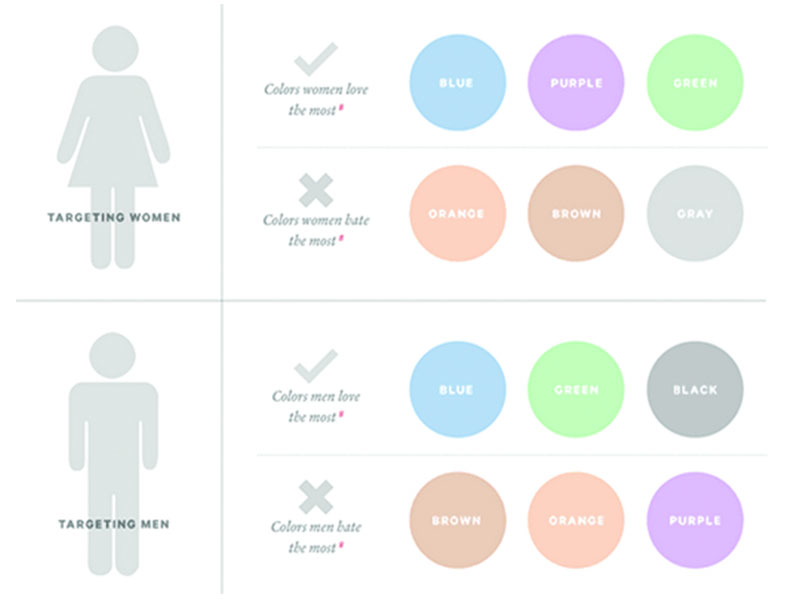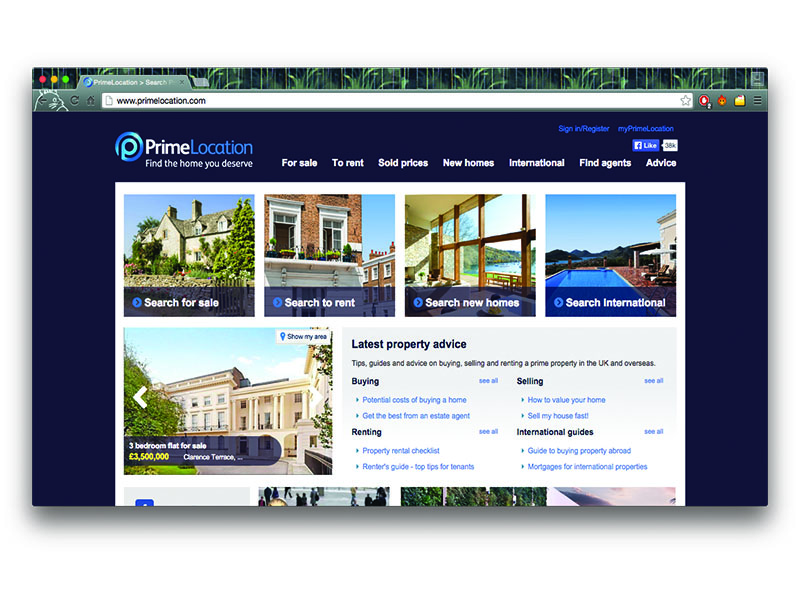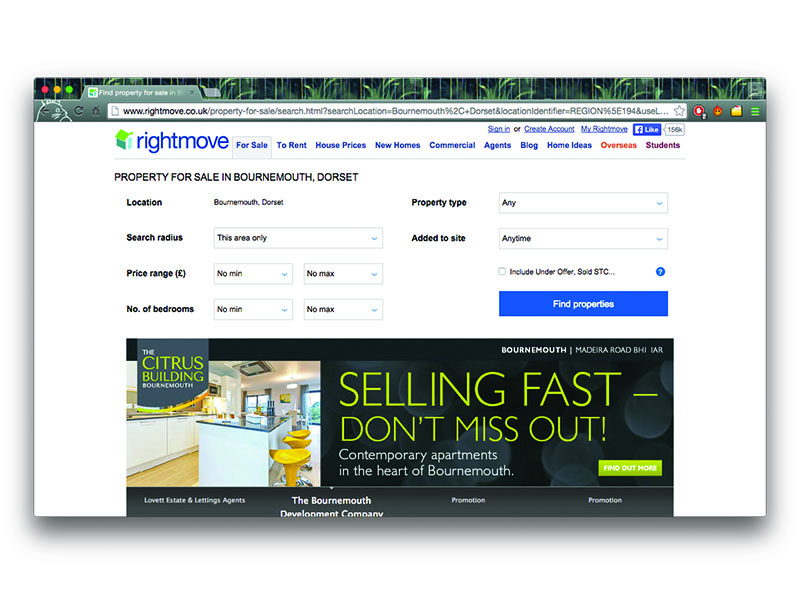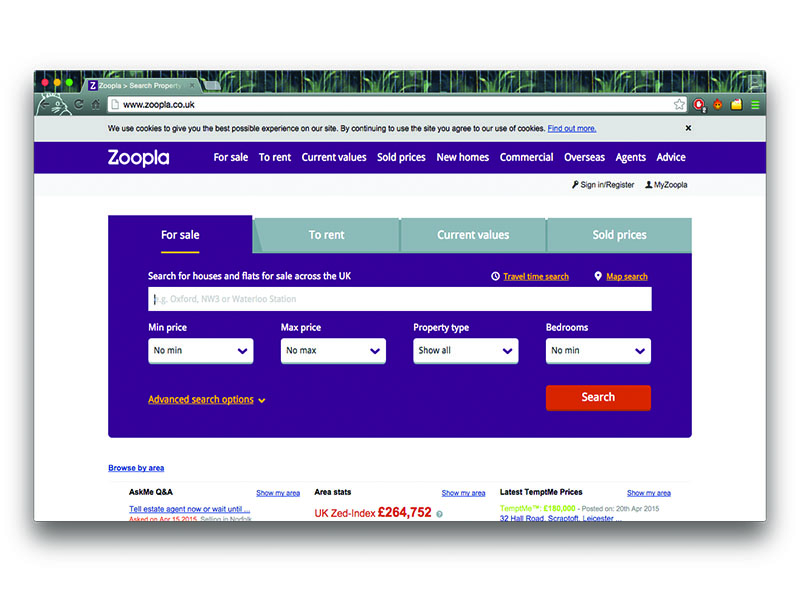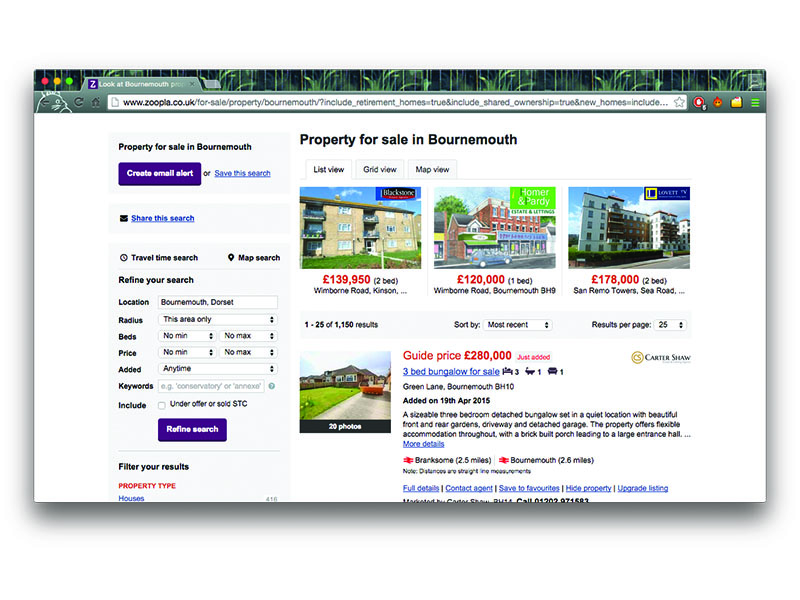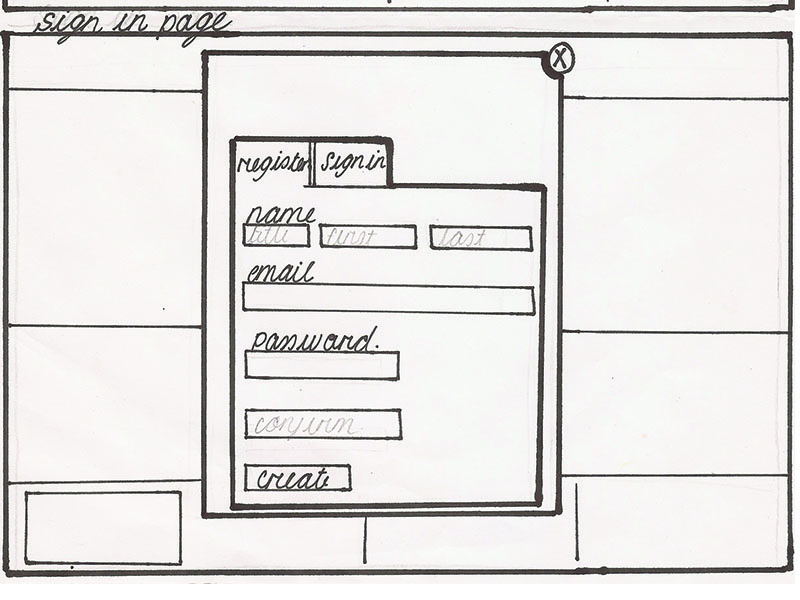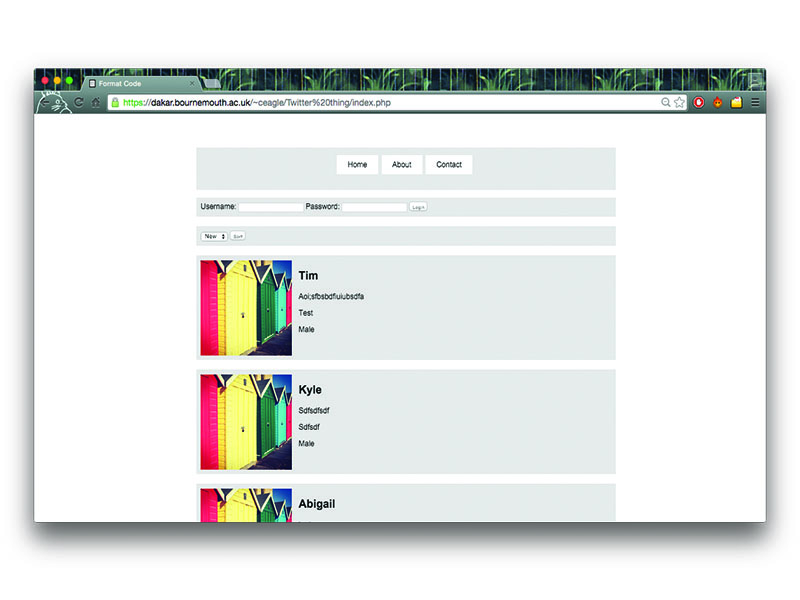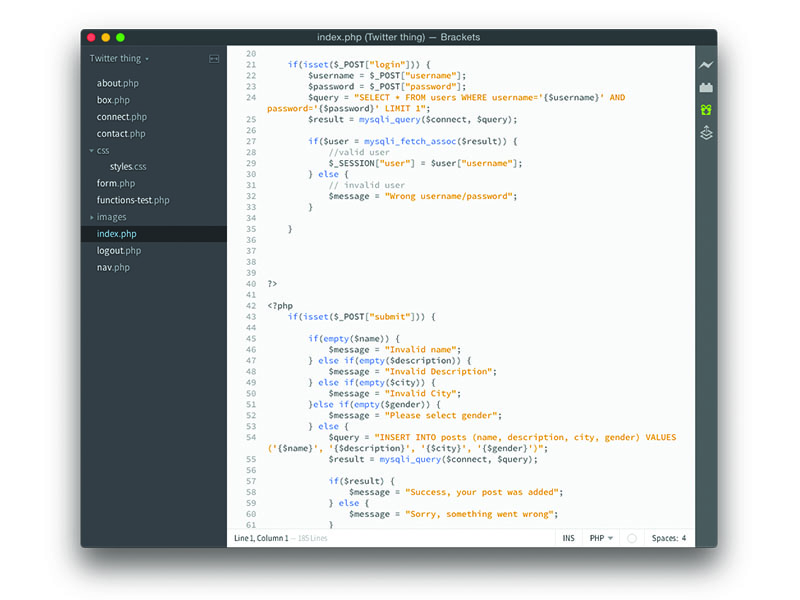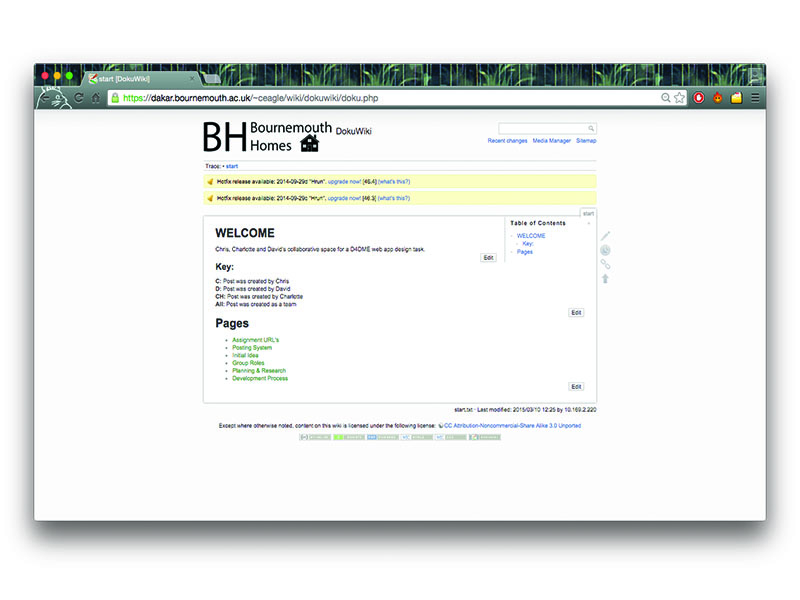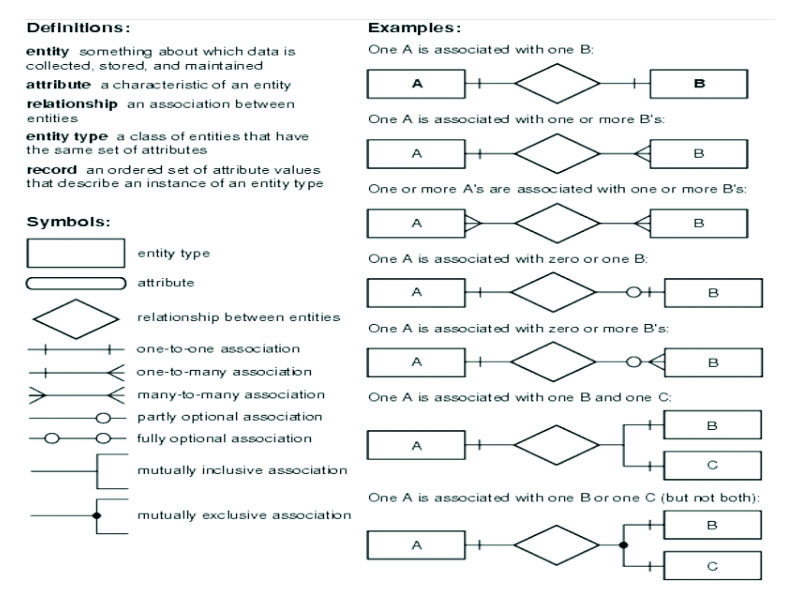User interface Principles
– Knowing your user
– Minimising the load on users
– Preserving Consistencies
– Ensuring flexibility
– Following standards
– Explicit
In order to adhere to these general principles, researching into our target audience has allowed us to come up with a suitable interface design which will appeal to the user. We would want a simple navigation system in order to appeal to the ageing house buyers market. Minimising the load through the use of drop down menus will mean users being able to easily and quickly filter the results location. Keeping it simple through the consistency of graphics and layout whilst following standards will mean users recognising how to navigate through the website easily. The buttons are labeled clearly letting the user know what they will gain by clicking on it. Recognisable symbols such as the magnifying glass will suggest the go or find button.
An interactive site will attract users and make them feel engaged, helping to reach its target audience. I aim to create flippers for the about page which will reveal text when hovered on. Similarly with the help page, in order to make information more engaging I will use jQuery to create an accordion where the answers to the frequently asked questions will be revealed when clicked on.
As websites become more sophisticated users expectations are changing. A more active role is being expected. Not only can the graphics be interactive but user input to an extent. In our web app the use of an add property form will allow users to input their properties to the listings. This adding a different dimension to a passive property site. This as well as a sort and filter will benefit users with results they are looking for, helping to meet expectation.
